Many people rely on the date printed on an egg carton to decide when to toss the dozen, but sell‑by and best‑by dates are quality guidelines — not safety deadlines. If you've been pitching eggs solely because of the date on the carton, you may be wasting perfectly good food.
Eggs can stay tasty well past those printed dates. According to the US Department of Agriculture (USDA), eggs kept refrigerated at 40°F (4°C) or below remain perfectly safe for at least three to five weeks after the pack date and often longer. Before you find out the hard way, here are a few reliable at‑home tests that let you gauge freshness (and, by extension, quality) with much more confidence.
Your eyes and nose are the best tools for spotting spoilage in meats, produce, and herbs — it's pretty obvious when something's moldy or stinky. Eggs are trickier because you can't see or smell the inside until you crack the shell. Fortunately, a few simple tests reveal whether an intact egg is still good.

The float test (the best method for uncracked eggs)
Fill a bowl, saucepan, or large glass with cold water, gently lower the eggs in, and then watch what happens.
Sink and lie flat: They are very fresh (usually less than one week from lay).
Sink and stand upright: They are likely one to three weeks old but fine for all uses. They are ideal for hard‑boiling because the larger air pocket makes peeling easier.
Float: The air cell has grown large enough to keep the egg buoyant, signaling poor quality. USDA says it may still be safe, but you must crack it into a bowl and check for off-odors or odd appearance before using.
Safety caveat: The float test measures buoyancy, not absolute safety. A two-year-old, unwashed "research egg" can still sink if its protective bloom (natural coating) is intact and it's been stored perfectly. Conversely, a freshly laid egg that was washed (bloom removed) and left at room temperature can gain air quickly and float long before it spoils. Always rely on the sniff-and-look test after cracking.
While you could fry or scramble eggs that lie flat or stand upright, choose the upright ones for hard‑boiling; their extra air helps the shell slip off cleanly.
To estimate an egg's age, check the "pack date" — the three‑digit Julian date code near the sell‑by line. January 1 = 001; December 31 = 365. The Julian code is a good reference because shells are usually packed within a day of laying. Under current US labeling rules, pack dates may appear on either side panel, so look closely.
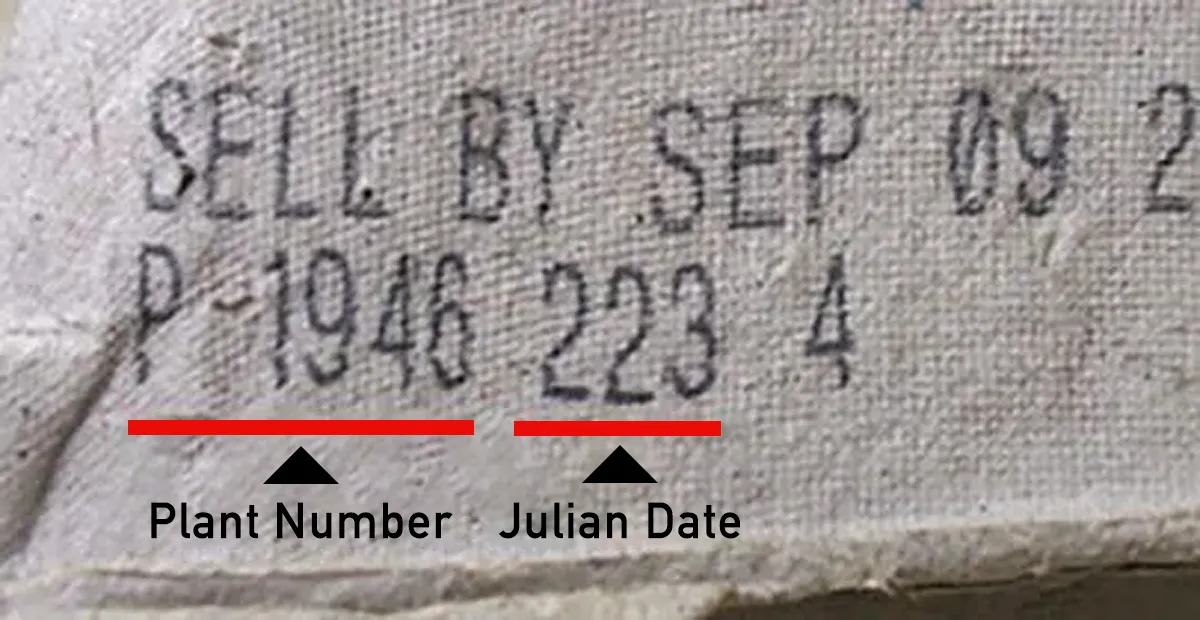
Image via FDA
Why the float test works well (most of the time)
Eggshells are porous. Over time they lose moisture and gain air, enlarging the air cell and increasing buoyancy until the egg floats. The natural bloom slows this process; washing or temperature swings speed it up. That's why the float test is handy for average refrigerated, store-bought eggs but not a foolproof freshness or safety guarantee.
Other ways to test uncracked eggs
Shake test: Hold an egg to your ear and gently shake it. If you hear a distinct sloshing sound, the yolk and white have thinned, and the egg is probably past its peak. Silence usually means it's fine, but this method is less precise than floating.
Candling: In a dark room, press a bright flashlight (your phone works) against the wide end of the egg. Fresh eggs show a small air cell and a vibrant yolk shadow; older eggs reveal a larger air space, weaker yolk outline, or obvious dark spots. Commercial graders use this technique, but it takes practice. Historically, a piece of cardboard with a small hole in it was used, with a light source behind it and the egg in front.
Don't Miss: Organic, Cage-Free, Natural: The Truth Behind Egg Labels
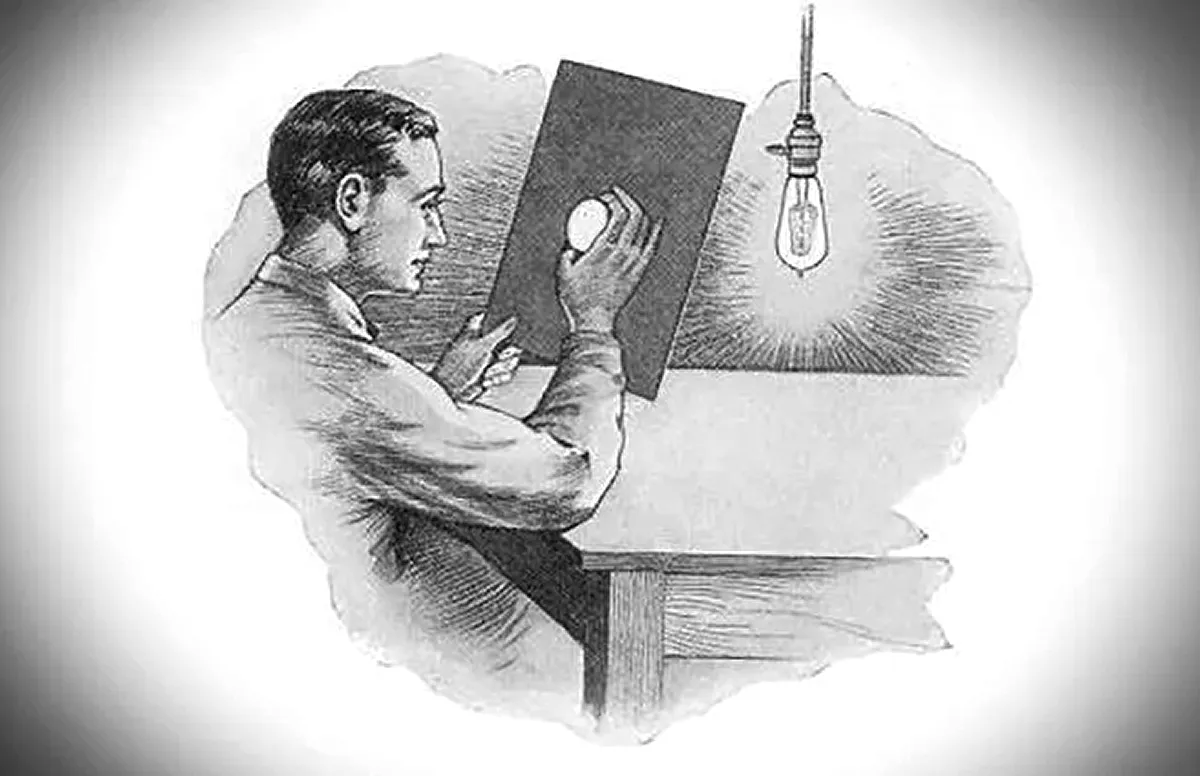
An older candling setup: hold the egg in front of a bright light shining through a small hole in cardboard. | Image via Woman's Institute Library of Cooking - 1918
The candling view above shows the air space growing as the egg ages.

Candling freshness: (a) bright/clear = fresh, (b) larger air cell/cloudy white = aging, (c) dark blotches = spoiling, (d) fully dark = rotten. | Image via Woman's Institute Library of Cooking - 1918
Left to right: fresh, slightly old, nearly bad, and spoiled eggs under candling. If you want to candle frequently, inexpensive LED egg‑candle flashlights are available; they're also handy for checking fertilized eggs.
The plate and sniff test (the best method for cracked eggs)
If shell integrity isn't essential, crack the egg onto a plate or other flat surface.
Looks: A fresh yolk sits tall and dome‑shaped; the white (albumen) stays tight around it. Runny whites and a flattened yolk signal age, not necessarily spoilage.
Smell: Fresh eggs have little to no odor. A sour or sulfur smell means they're rotten — discard them immediately.
The yolk will be flatter and the white will be much runnier in an older egg. An egg that spreads out when cracked isn't necessarily bad, though, just older (and again, good for hard-boiled eggs). If it's gone bad, you probably won't even need to do the sniff test — even slightly rotten eggs will have a very strong, distinct smell you'll notice right away.
What to do with eggs that expire soon
Pickle them: Hard‑boil, peel, and drop into beet brine for tangy, jewel‑toned pickled eggs.
Freeze them: Beat whole eggs (or separate whites and yolks) and pour into an ice‑cube tray. Add a pinch of salt or sugar to yolks to prevent gelatinizing, freeze, then transfer the cubes to a freezer bag. They'll keep for up to a year and are perfect for baking.
Use them in bulk cooking: Quiches, frittatas, or big batches of French toast burn through a dozen quickly.
Looking for more tips? Check out "The Ultimate Guide to Cooking Eggs" by D and P Gramp.

Image via The Secret Yumiverse
Don't toss those eggshells or cartons, either. Crushed shells scrub stubborn stains off cookware, enrich garden soil, and even polish coffee grounds into eco‑friendly cleaners. Empty cartons double as seed starters, fire starters, bird feeders, and candle molds.
Do you know other ways to test egg freshness? Share them in the comments — your trick might save someone's breakfast.
Cover photo via shuets udono/Flickr.




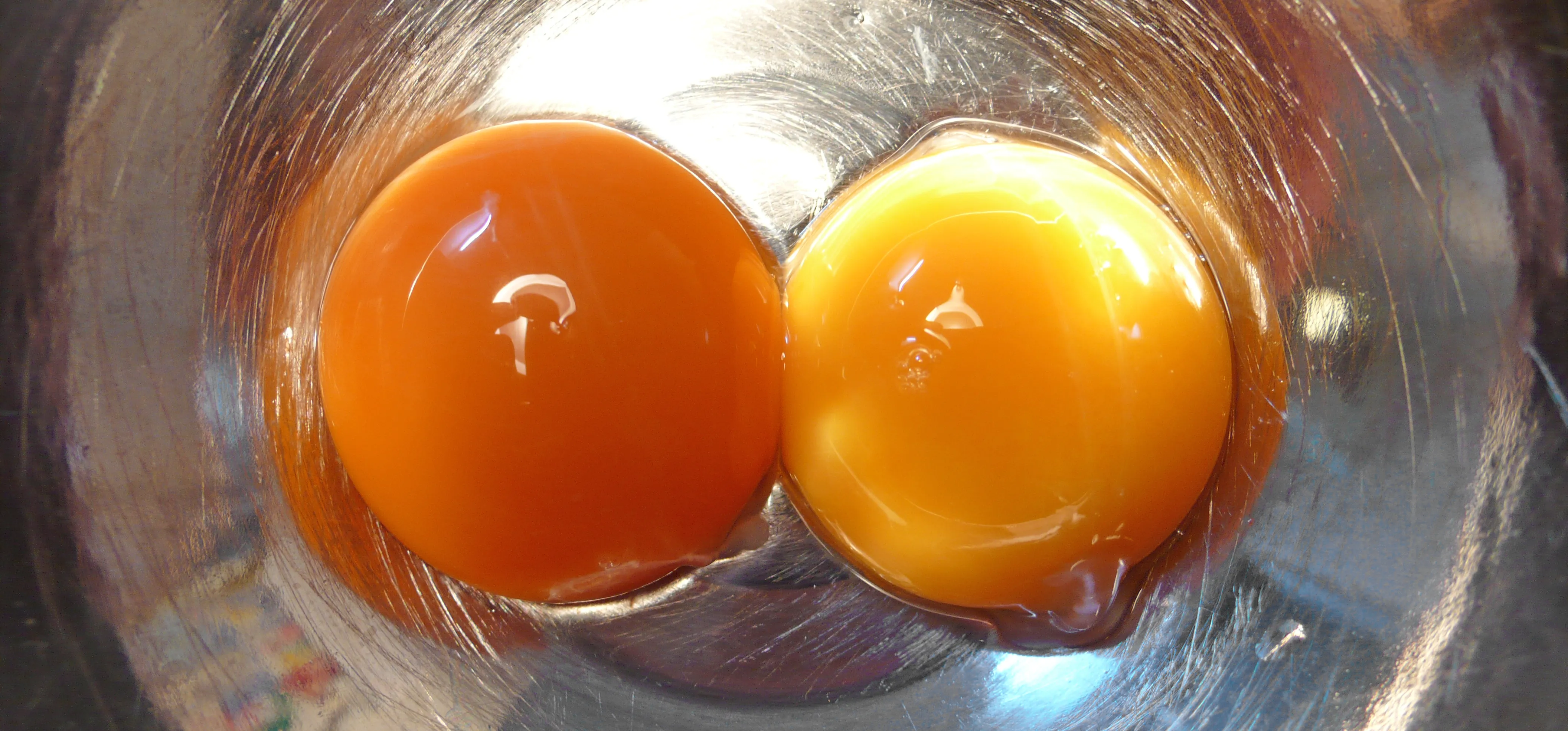
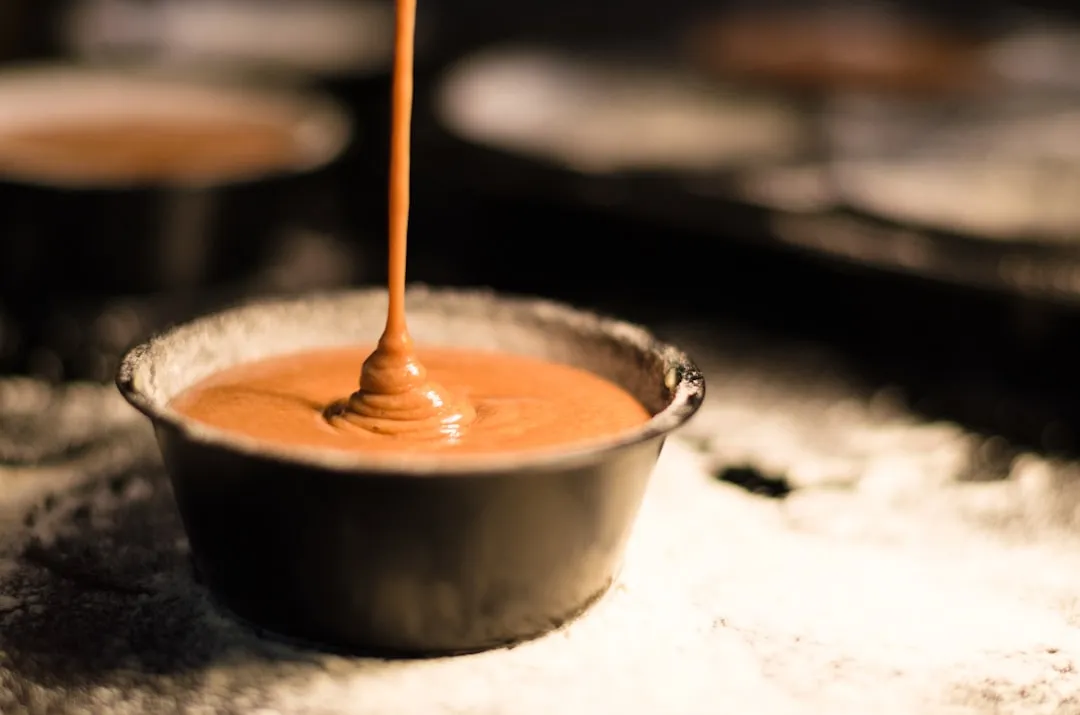

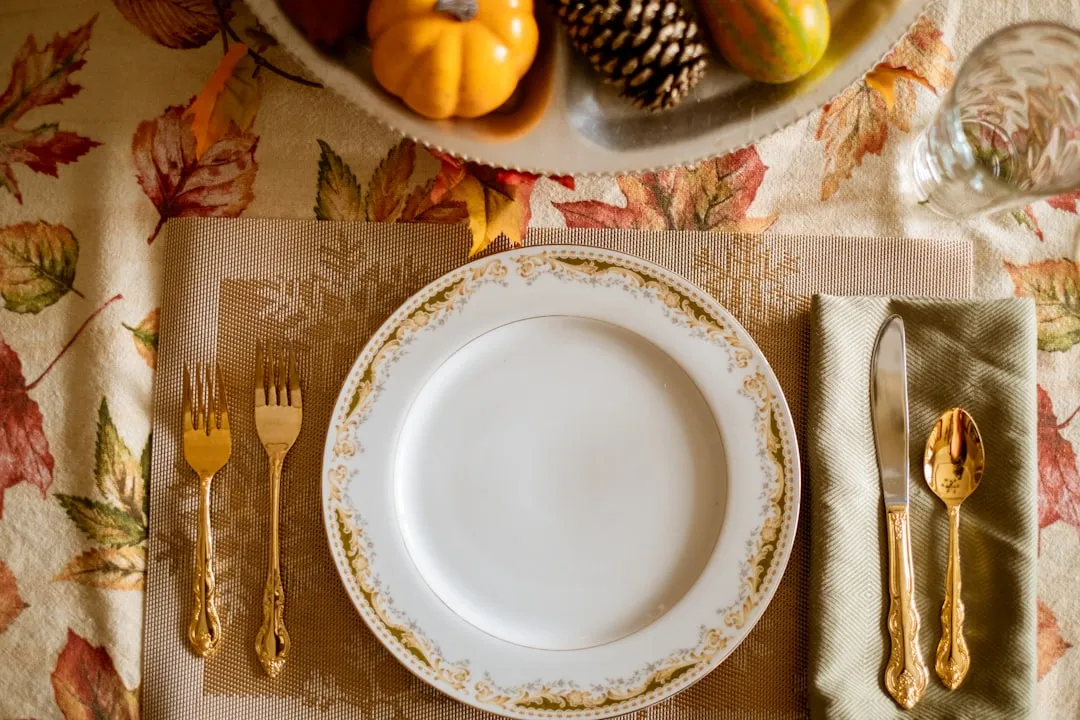
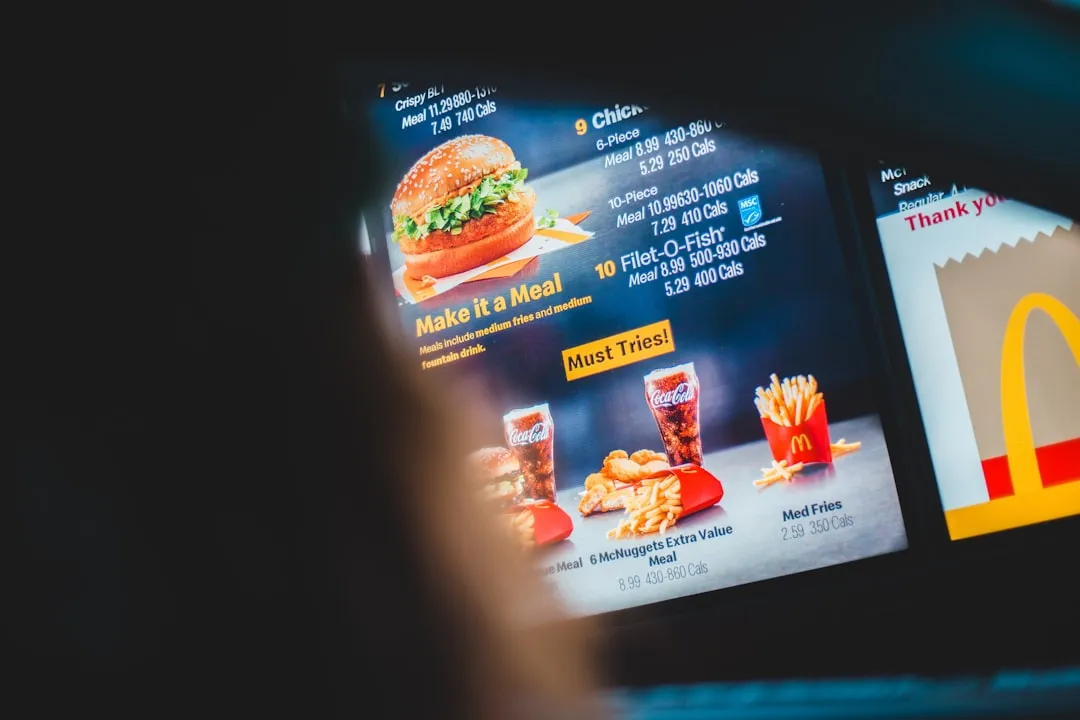


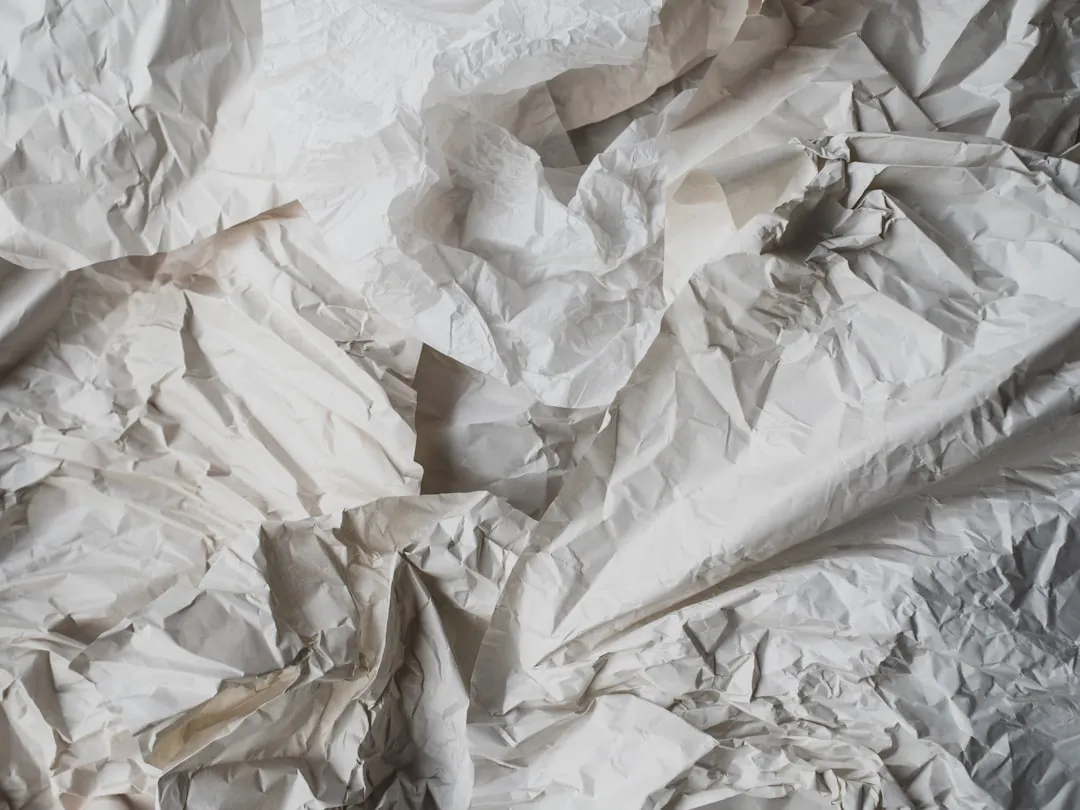



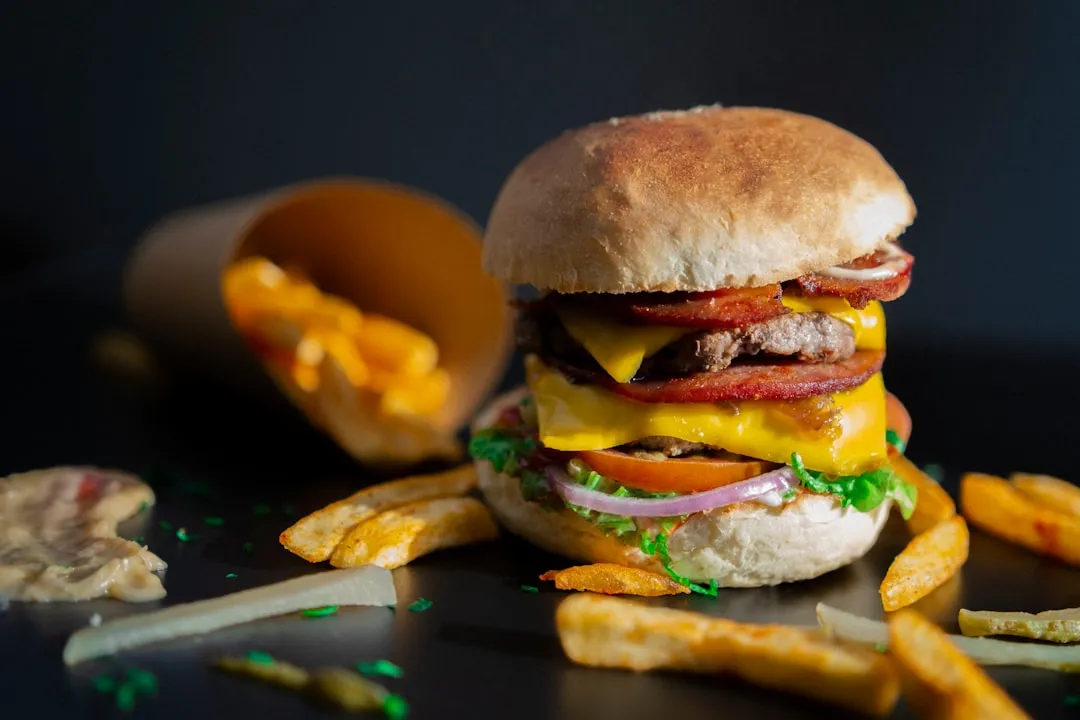








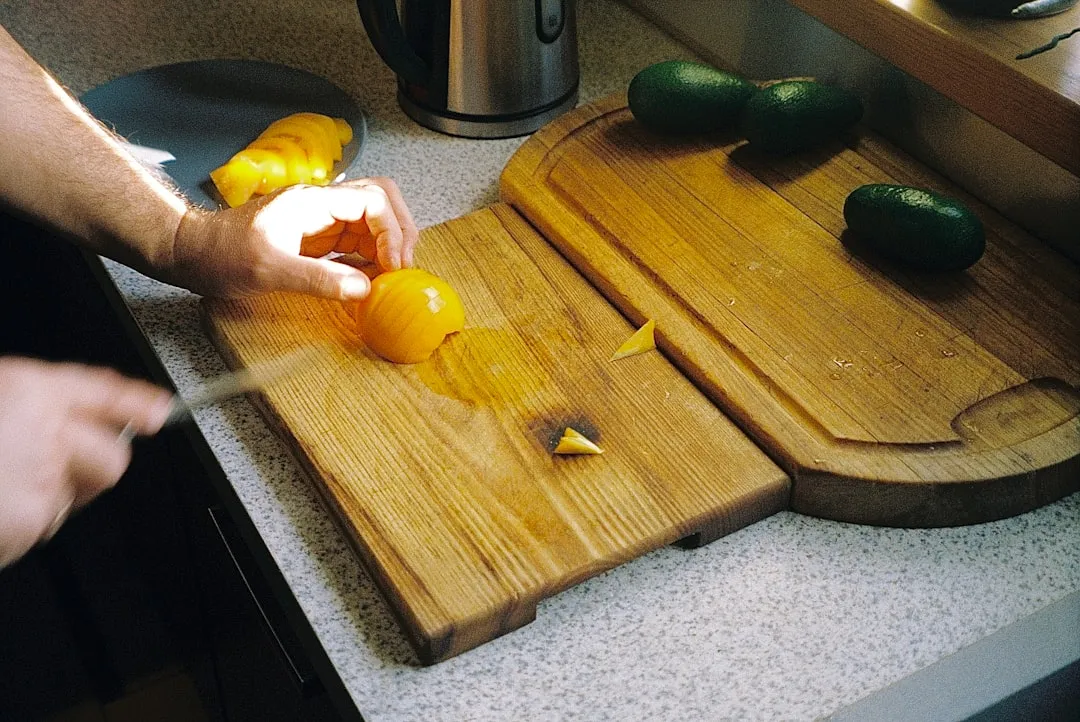
Comments
Be the first, drop a comment!